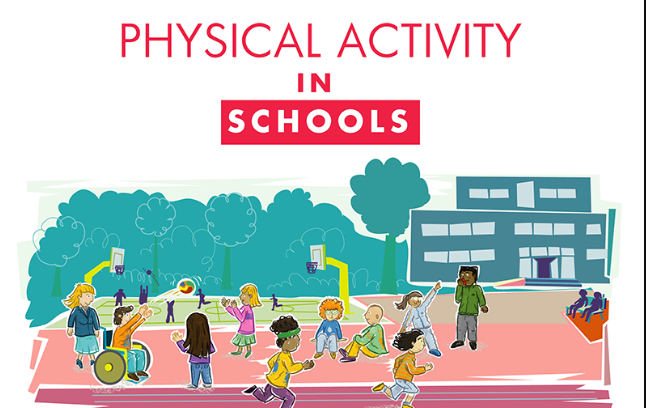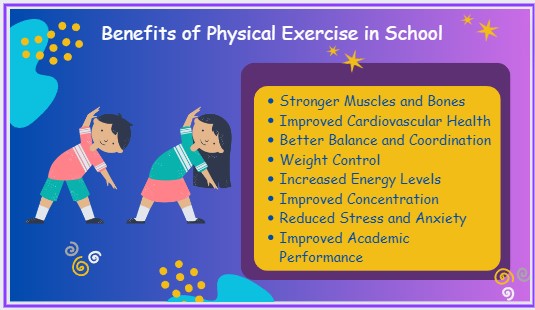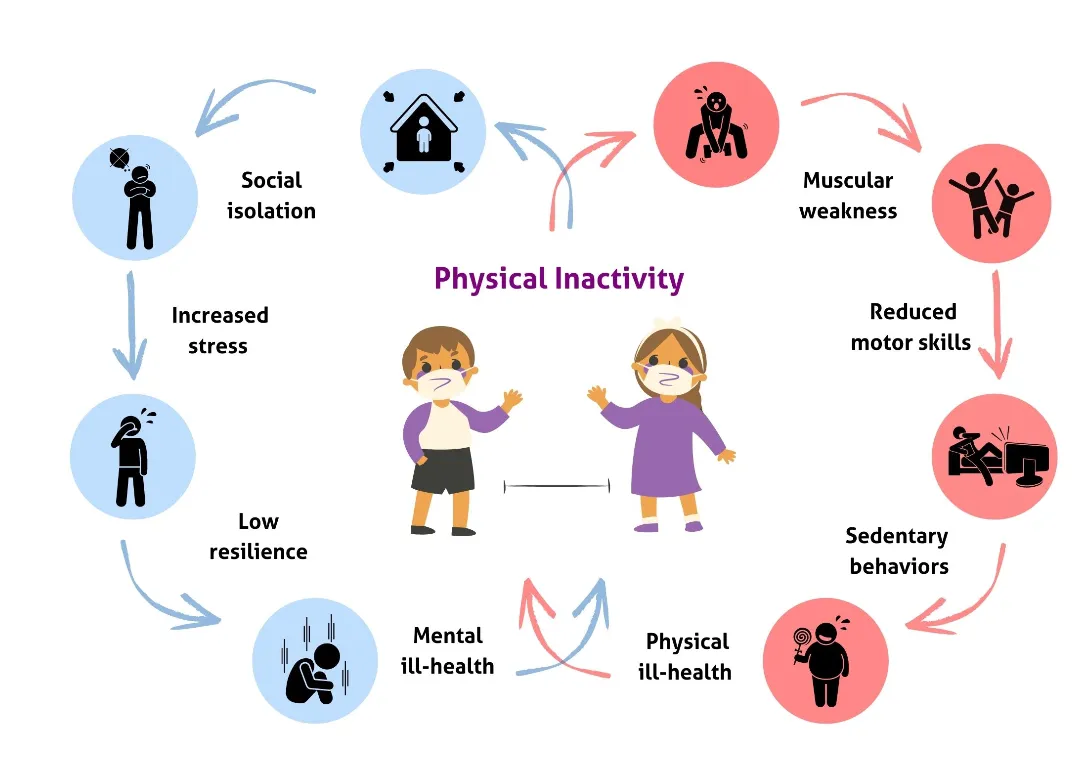In recent years, there has been a growing recognition of the importance of physical activity for children’s health and development. With increasing rates of childhood obesity and sedentary lifestyles, schools are in a unique position to foster a culture of movement and exercise.

Integrating physical activity into the school day can yield numerous benefits, but it also presents certain challenges that educators and administrators must address.
Benefits of Integrating Physical Activity
Here the Some Benefits of Integrating Physical Activity in school:

1. Improved Physical Health
One of the most obvious benefits of incorporating physical activity into the school day is the enhancement of students’ physical health. Regular activity helps combat obesity, reduces the risk of chronic diseases, and strengthens bones and muscles. According to the Centers for Disease Control and Prevention (CDC), children should engage in at least 60 minutes of moderate to vigorous physical activity each day. Schools can play a crucial role in ensuring that children meet this guideline.
2. Enhanced Academic Performance
Research has shown a positive correlation between physical activity and academic performance. Engaging in regular physical activity can lead to improved concentration, memory, and classroom behavior. A study published in the Journal of School Health found that students who participated in physical activity showed better performance on standardized tests. This is likely due to increased blood flow to the brain, which enhances cognitive function and learning capacity.
3. Better Mental Health
Physical activity is also linked to improved mental health outcomes for children. Regular exercise can reduce symptoms of anxiety and depression, boost self-esteem, and improve mood. For many students, school can be a source of stress, and integrating physical activity provides a much-needed outlet for releasing tension and promoting overall well-being. Activities like yoga and team sports can foster a sense of community and belonging, further supporting mental health.
4. Development of Social Skills
Team sports and group activities teach children valuable social skills such as teamwork, communication, and leadership. These skills are essential not only in physical activity contexts but also in everyday interactions and future workplaces. By providing opportunities for collaboration and competition, schools can help students build relationships and develop a sense of camaraderie.
Challenges of Integrating Physical Activity

1. Limited Time and Resources
One of the main challenges of integrating physical activity into the school day is the limited time available within the curriculum. With the increasing emphasis on standardized testing and academic achievement, many schools struggle to find time for physical education. Additionally, budget constraints can limit access to facilities, equipment, and trained staff. Schools must balance the need for academic rigor with the benefits of physical activity, which can be a difficult task.
2. Resistance to Change
Implementing changes to an established school routine can be met with resistance from educators, parents, and even students. Some educators may feel that adding physical activity will detract from instructional time, while parents might be concerned about the impact on academic performance. Overcoming this resistance requires effective communication about the benefits of physical activity and collaboration among all stakeholders to create a supportive environment.
3. Equity Issues
Not all students have equal access to physical activity opportunities. Students from low-income backgrounds may lack access to safe spaces for exercise or after-school programs. Schools in underserved areas may not have the facilities or resources to provide quality physical education. Addressing these equity issues is essential to ensure that all students benefit from increased physical activity.
4. Safety Concerns
Safety is another major consideration when integrating physical activity into the school day. Concerns about injuries, especially in contact sports, can deter schools from expanding their physical activity offerings. It is crucial for schools to implement safety protocols and provide proper training for staff to minimize risks and ensure a safe environment for all students.
Strategies for Successful Integration
To effectively integrate physical activity into the school day, several strategies can be employed:
1. Incorporate Movement into the Curriculum
Teachers can integrate physical activity into academic lessons. For example, incorporating movement breaks or active learning strategies can help keep students engaged while promoting physical activity. Simple activities like stretching or short bursts of exercise can be effective in breaking up long periods of sitting.
2. Offer Diverse Opportunities
Schools should provide a variety of physical activity options to cater to different interests and abilities. This can include traditional sports, dance, yoga, and outdoor education. By offering a range of activities, schools can encourage more students to participate and find something they enjoy.
3. Foster a Supportive Environment
Creating a culture that values physical activity is essential. This can be achieved through school-wide initiatives, such as walk-to-school programs, fitness challenges, or after-school sports clubs. Involving parents and the community can also help to reinforce the importance of physical activity.
4. Use Technology Wisely
Technology can be a valuable tool in promoting physical activity. Apps and online platforms can track students’ activity levels, set fitness goals, and encourage friendly competition. Using technology to engage students can help make physical activity more appealing, especially to those who may be less inclined to participate in traditional sports.
Conclusion
Integrating physical activity into the school day is an essential component of fostering healthy, well-rounded students. While there are challenges to overcome, the benefits—ranging from improved physical health to enhanced academic performance—make it a worthwhile endeavor. By implementing thoughtful strategies and fostering a supportive environment, schools can create a culture that values movement and helps students thrive both in and out of the classroom.



